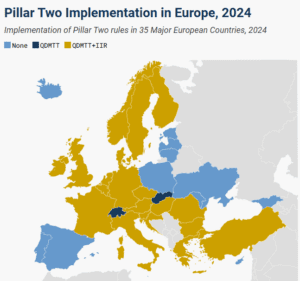
Our animated explainer videos are designed for the classroom, social media, and anyone looking to boost their tax knowledge on the go.
Featured Videos
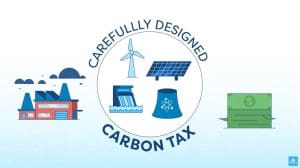
A Carbon Tax, Explained
Every policy has trade-offs, but a well-designed carbon tax has the potential to protect the environment without harming consumers, jobs, or businesses.

An Introduction to the History of Taxes
Taxes have played a major role throughout history, and even date back to around 5,000 years ago. Taxes will continue to affect our lives and shape our societies just like they have for thousands of years.
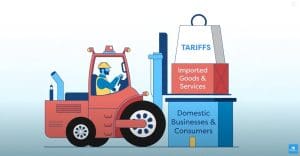
Tariffs Are Taxes Too
Even though tariffs are invisible, their effects clearly are not. They might be sold as a tool to strengthen the economy, but tariffs are just taxes that make everyone worse off.
All Videos

The Three Basic Tax Types
The better you understand taxes, the better equipped you are to make decisions about them. All taxes can be divided into three basic types: taxes on what you buy, taxes on what you earn, and taxes on what you own.
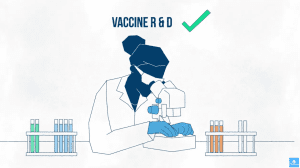
Going Beyond the Headlines: Understanding Corporate Taxes
Every so often, you will see headlines highlighting large companies that pay little or no corporate income tax. While these stories may seem shocking, the reality is much more mundane.
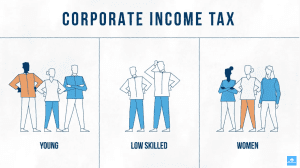
Who Bears the Burden of the Corporate Income Tax?
Raising the corporate income tax is often promoted as a way to generate revenue for helpful government services. Unfortunately, higher corporate taxes typically hurt the very people they’re supposed to help through lost wages and fewer opportunities.
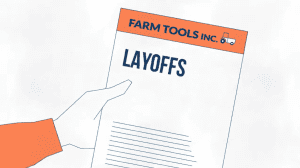
GILTI: Foreign Tax, Local Impact
Since only U.S. businesses pay the GILTI tax, not foreign businesses, it makes U.S.-based brands less competitive abroad. Whatever its intentions, GILTI is a flawed policy, and doubling down on it will hurt us abroad, and at home.
